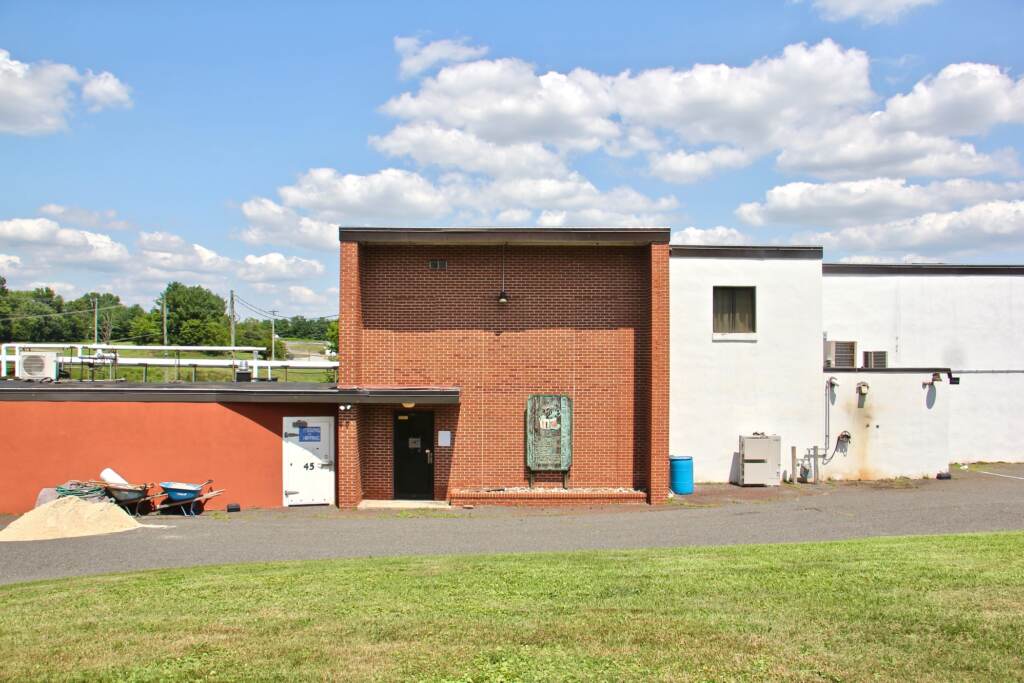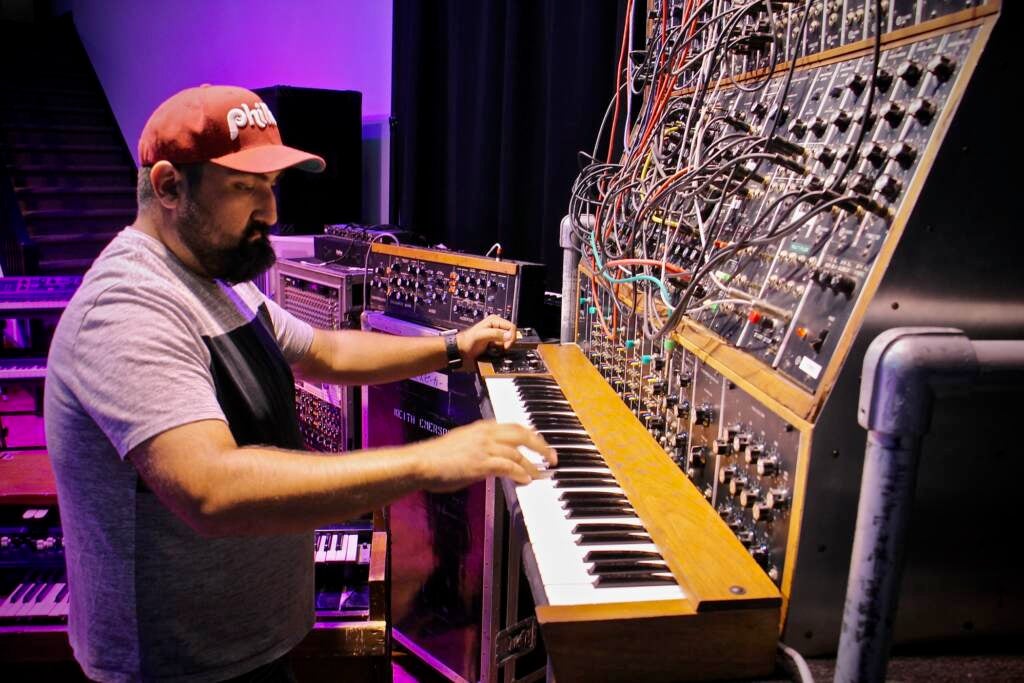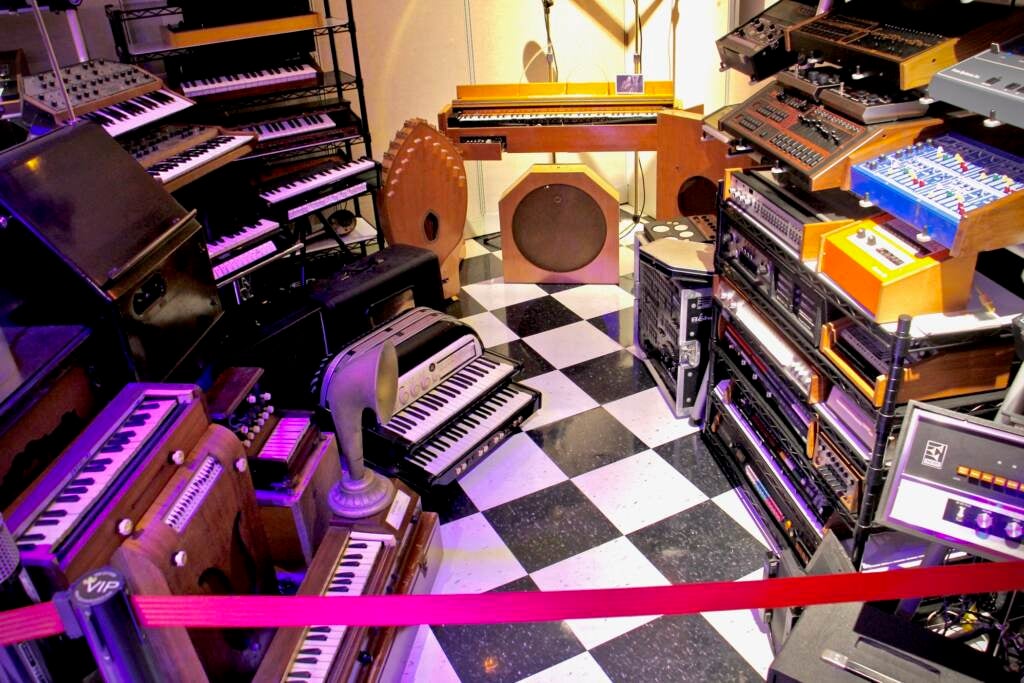An unassuming warehouse off Route 63 in Harleysville contains one of the world’s largest collections of vintage electronic music gear, crammed with amps, synthesizers, guitar pedals, mixing boards, and sundry electronic eccentricities.
The collection is rich in analog electronics used during the classic 1960s and ’70s era of rock and roll, but it spans from the early genesis of synthesizers in the 1930s to the late 1980s, when the market began to be dominated by digital keyboards and computer software.
This is the Electronic Music Education and Preservation Project, or EMEAPP. By design, there is not a computer anywhere in the building, aside from a few rare digital prototypes from the early 1980s.

“The general energy of the world tends these days toward a homogenizing energy,” said Wouter De Backer, also known as the musician Gotye, who sits on EMEAPP’s advisory board. “There’s been all these fantastic things that have come from the democratization and miniaturization and economization of electronics, but over the years that has made us blind to the fact that there’s this homogenizing pull.”
De Backer disrupted that perceived homogenization of pop music in his hit 2011 song, “Somebody That I Used To Know,” by using a xylophone to carry the melody, with a sample from a 1967 Latin jazz nylon-string guitar mixed with an African drum.
Vintage analog synthesizers, often cast into the dustbin of musical history, have what he calls “dormant potential.”

“I felt over the years that instruments that are more untapped, that still have a dormant potential, have so much possibility for adding to the richness and diversity of a culture,” De Backer said.
EMEAPP has 30,000 square feet of dormant potential. The former wholesale food warehouse in Montgomery County is stacked floor-to-ceiling with old technology. Each piece tells a story.
“Here’s a Sennheiser Vocoder that belonged to Kraftwerk,” said executive director Drew Raison, gesturing to a rack-mounted box with 50 knobs and about 30 cable ports.

Nearby is a cluster of electric organs. “That Hammond B-3 used to belong to John Entwhistle of The Who,” he said.
Around the corner is the organ Rick Wakeman of the band Yes used to record the hit song, “Roundabout,” and the Marshall amp Lindsay Buckingham of Fleetwood Mac used to record the album, “Rumours.” Around another corner is the amp system Led Zeppelin used on its 1969 American tour, and the portable mixing board Neil Young likely used to record “The Needle and the Damage Done” for his 1972 album, “Harvest.”
“That’s the wah-wah Jimi Hendrix used at Woodstock,” said Raison, pointing to a guitar pedal on a high shelf. “I’m going to say that again: That’s the pedal Jimi Hendrix used at Woodstock.”
Raison cannot give a number to the amount of gear in EMEAPP’s collection. His best guess is 2,000 or 3,000 objects, including early Ondioline electronic synthesizers from the 1940s, and one of the world’s first digital synthesizers, the Con Brio ADS 100 used to make the soundtrack for “Star Trek II: The Wrath of Kahn” in 1982.
